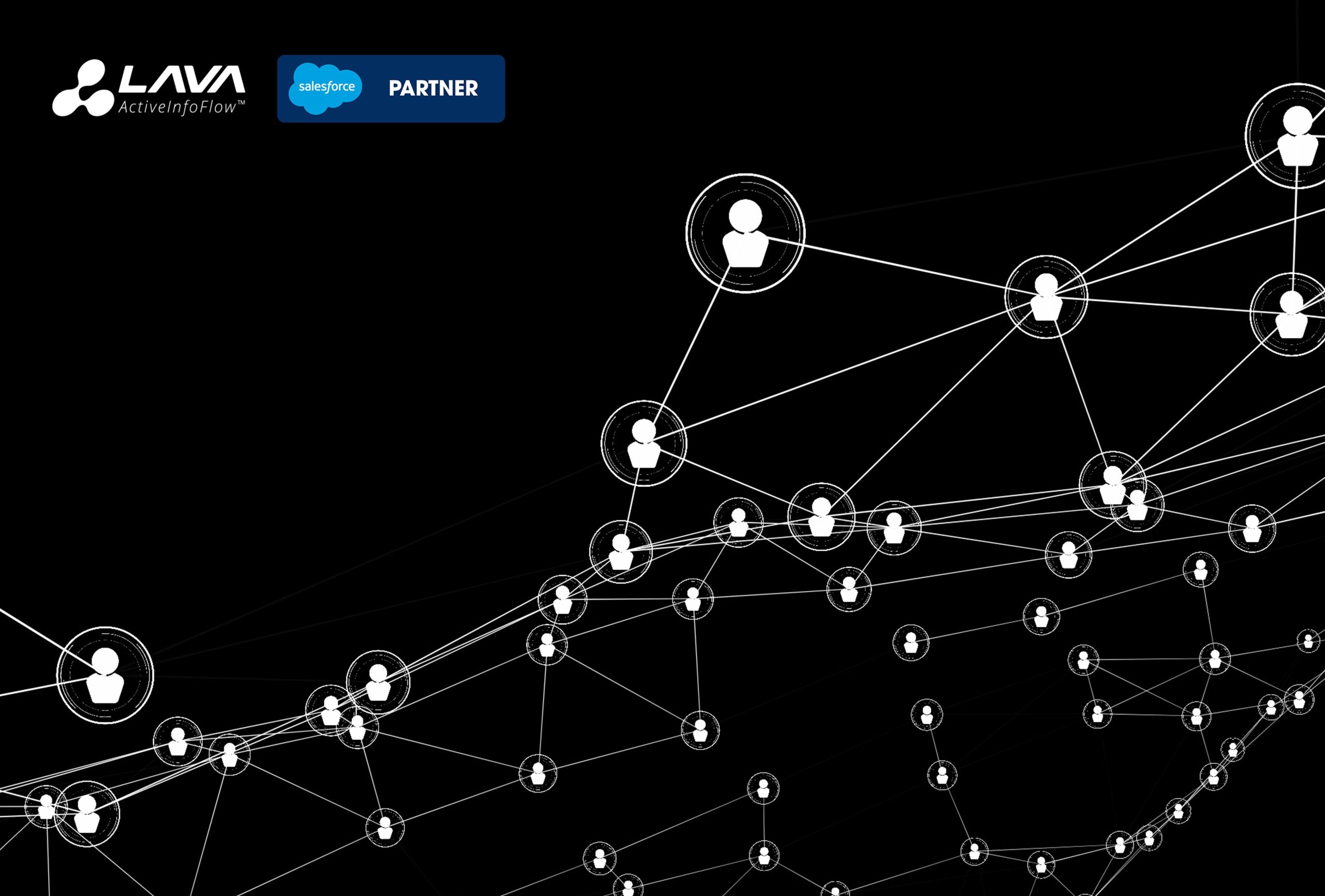by Peter Murray, Content Marketing Manager, Carto
More and more local government agencies are turning to open data and Location Intelligence (LI) to optimise current services and to prepare more sustainable solutions. This is in light of anticipated obstacles stemming from increased urban migration, climate change, and an ageing population.
This form of city planning (smart city projects) has invariably been described as smart, intelligent, responsive, resilient, and, more recently, senseable. But how do these initiatives use open data to address the concerns of residents? In answering this question, we discovered projects whose originality left us speechless. Their dedication to social justice left us inspired.
The speed at which local officials in both urban and suburban areas are working with open location data to aid decision-making required us to update our original list. We’re delighted to see even more citizen-centric smart city projects leveraging the tools and techniques of LI.
The list is assembled both to recognise individual accomplishments and promote more work with open data! Again, examples are categorised by service type and alphabetically listed because projects democratising access to open data should be celebrated equally!
- Navigating Open Data Sources
- Transparency and Accountability
- Performance Management
- Transportation and Infrastructure
- Resilient City Planning
- The IoT of Smart Cities
- Civic Engagement
Navigating Open Data Sources
Building an open data portal is expensive, and returns on this investment can be difficult to measure. To ensure citizen engagement with open data portals, city officials and third party partners are designing constituent-centric interfaces and applications. Here are our favourite web and mobile applications designed to help citizens navigate open data:
1. Check My Barangay
Check My Barangay, a Making All Voices Count project, was founded by former President Aquino of the Philippines to end corruption and poverty across the country. Check My Barangay signals a concerted effort from local governments to expand successful open data and smart city projects to more rural and suburban areas. In this case, it is focused at Barangays, the smallest governing unit in the Philippines. Citizens can now monitor budgeting and planning at a more granular level, therefore helping to increase citizen engagement and transparency simultaneously!
2. The National Address Base
France’s National Address Base, an open source database spearheaded by the General Secretariat for Modernization of Public Action (SGMAP), is a truly collaborative project. The database uses available open data from civil services and state agencies across France — including IGN (National Geographic Institute), La Poste (a postal service company), Etalab, and OpenStreetMap France. In fact, it also invites citizens to contribute more accurate location data in an effort to improve emergency response times, facilitate more efficient public-private partnerships, and allow for more spatial analysis of under-utilized areas. All we can say is Aux armes, citoyens!
3. Open Data Barometer (ODB)
There’s a lot of talk about the promise of open data projects, but do they actually deliver? That is the question for the Open Data Barometer (ODB), a World Wide Web Foundation project rating governments across 115 jurisdictions on their open data projects’ readiness, implementation, and impact.
The recent release of the ODB’s fourth edition report found an overall lack of improvement in open data projects when compared with last year. There is a much needed call to action concerning the important work that remains to be done using open data.
4. Open Government Partnership (OGP)
The Open Government Partnership is a policy platform soliciting pledges from governments around the world to promote open and transparent governance. Began in 2011 by eight founding countries, the OGP today includes 75 government members and 15 sub-national governments from which 2,500 commitments have been solicited, promising more open and accountable governance.
If the most recent ODB reminded us of mistakes made in 2016, then the Open Government Partnership revives our hope for 2017!
5. Urban Data Platform
The European Commission’s Urban Data Platform is an open source tool facilitating data sharing and comparative research across the European Union. The platform’s interactive data visualisations provide users with ample information on a range of topics that can be explored at both local and regional level.
Related: 3 Internet of Things (IoT) Location Intelligence Trends in 2018

Transparency and Accountability
Among the objectives for smart city projects is to improve efficiency and these open data projects help citizens to cut through bureaucratic red tape faster than ever.
1. America’s Growing News Deserts
Many Americans are still trying to figure out what happened during the 2016 presidential election including the editors of the Columbia Journalism Review (CJR). In “America’s Growing News Deserts”, CJR editors initially built a data visualisation map which identified local newspaper offices across the country that are left. They did this by using data provided by Alliance for Audited Media (AAM).
However, as readers soon pointed out, many more local newspapers nationwide had closed following the AAM’s 2015 report. In response, the editors turned to their fellow Americans to crowdsource more accurate location data related to subsequent closures across the country. A reminder that we really are stronger together.
2. Elapedia App
The Elapedia app — a free Spanish-language app resulting from a joint venture between the Center for International Private Enterprise (CIPE) and the Governance Consultants — aims to increase transparent corporate governance among the Pacific Alliance.
The app makes use of public data from Latin American companies providing confidence to potential investors as well as transparency on public-private partnerships. “The Elapedia App is intended to promote transparency and accountability,” states Andrew Wilson, CIPE managing director and “levels the playing field, and encourages the disclosure or elimination of conflicts of interest.”
3. Gender Digital Inclusion Map
EQUALS, a global initiative promoting digital gender equality, is amplifying women in tech around the world with its Gender Digital Inclusion Map. In collaboration with the International Telecommunications Union (ITU) agency, this open data project focuses on UN Sustainable Development Goal 5 in its objective to close the gender digital divide by 2030.
4. Participatory Budgeting Map
Similar to Check My Barangay, the Participatory Budgeting Project believes that community members should be involved in deciding how best to allocate public funding. The data visualisation highlights current and past projects and conveys pertinent information about upcoming events. It is a great resource for keeping citizens engaged and informed.
5. Refugee Influx Trend
Built with open data from The UN Refugee Agency (UNHCR), the Uganda Refugee Response Portal provides a granular view of the impact that refugee migration has had upon Uganda. This is not only an important project using open data to raise awareness of this ongoing humanitarian crisis, but also a brilliant demonstration of the granular insights to be found using spatial analysis.

Performance Management
Local governments have adopted and adapted the service industry’s motto, “The customer is always right,” with the help of open data. Check out the examples below to see how open data ensures that the constituent is always right!
1. Child Welfare Digital Services Project
This project — which is based in California — is not only a smart city project addressing social problems, but it is also a pilot programme for more agile open data practices. Unlike the state’s past “predictive waterfall” approach, an “adaptive agile” approach involves continuous planning based upon data analytics, spatial analysis, and machine learning. We’re excited to see more open data projects addressing social issues by moving beyond a “one-size-fits-all” model while addressing the specific needs of specific individuals.
2. Denver Peak Academy
Denver, Colorado has officially leaned in to data-driven government with mobile and web apps like pocketgov denver, but these projects are only as strong as the team behind the scenes. Denver Peak Academy is a training programme for city employees to learn how to use new tools and resources, therefore allowing the city to achieve “peak performance” in many of its open data smart city projects!
3. Poverty in NYC
The Mayor’s Office for Economic Opportunity (NYC Opportunity) built the Poverty in NYC map as a resource to better target and launch anti-poverty initiatives. This project furthers the city’s goal of making equity a core component of local government by using open data from the New York City portion of the American Community Survey (ACS) as well as additional variables added by the Poverty Research Team. It is a great example of open data being used to address social inequality.
4. Savvy Citizen Alerts
What’s novel about Management Science Associates’ (MSA) mobile app, Savvy Citizen Alerts, is its suburban focus on townships like Richland, Pennsylvania. These suburbs are looking to increase engagement with constituents by leveraging location data and smart devices like their urban counterparts. Glad to see more attention paid to rural areas when it comes to open data projects!
5. Smart Dublin
Did you hear the news? The Irish are going green thanks to Dublinked, Ireland’s open data platform for smart city project. The Dublin City Council has also prioritised projects that make use of sensors to enhance mobility, energy, and various operations throughout the city to help reduce the city’s carbon footprint.
6. RTC Accident Prediction
The Regional Transportation Commission of Southern Nevada (RTC) is partnering with Waycare to combat traffic congestion using artificial intelligence. Instead of responding to traffic incidents that cause delays along state highways, Nevada’s Department of Transportation (NDOT) along with the state’s Center for Advanced Mobility (NCAM) will pilot a programme that uses predictive analytics to anticipate traffic congestion. In fact, it will also provide commuters with alternate routes. We look forward to seeing how this first of its kind open data project turns out.
7. Open Planetary Maps
This entry takes an admittedly long-term view when it comes to open data as it uses satellite imagery to map Mars. The project is only in its initial stages, but we’re already excited to see what kind of information it yields about the cities of tomorrowland.

Transportation and Infrastructure
Transportation and infrastructure form a city’s lifeline, which explains why open data advocates have focused heavily on these two areas. The projects below make use of open data, and in some cases are literally changing what it means to be data-driven.
1. BlindSquare
Initiatives like Smart Cities For All have helped draw attention to the need for more inclusive smart city projects like BlindSquare. Using data from Foursquare and OpenStreetMap, this navigation app provides audio directions for visually impaired residents to move around their cities more easily.
2. Connect 305
Similar to major metropolitan cities like New York and London, the Mayor’s Office of Miami-Dade County, Florida, in partnership with organisations including AT&T, Cisco, and Intel, is launching Connect 305. It is a connectivity project that will install 305 Wi-Fi Kiosks across the county.
The large scale of this undertaking is intended to better prepare the city for anticipated infrastructural pressures, increased demand for city services, and other operational issues which come with the rise in urban population due to climate change.
3. East Coast Greenway Map
The East Coast Greenway Alliance recently launched this web app that not only facilitates tourism but also promotes environmental conservation across 15 states and more than 450 cities and towns along the United States eastern seaboard. The interactive data visualisation allows visitors to map the best hiking trails and bike routes all along the greenway starting at any entry.
4. Unmanned Traffic Management (UTM) Initiative
The Kansas Department of Transportation (KDOT) is taking to the skies with aerial drones to help local officials manage traffic congestion. In a first of its kind partnership, KDOT and AirMap are working together to use drones across the state to optimise disaster recovery, emergency response time, agriculture, construction, and much more. We’re excited to see how this project evolves throughout 2018!
5. Map Matching
Mapzen is innovating data-driven navigation with its newest mobility services offering, Map Matching. With this mobility app, users can enter their destination’s coordinates and be matched with a route snapped on to an OpenStreetMap. They can also be provided with enriched routes signaling pre-selected attributes such as speed limits and freeway exit signs. A great use of open data to confront mobility issues!
6. Turnaround: Fixing New York City’s Buses
The Bus Turnaround Coalition, with support from the TransitCenter and the Riders Alliance, is using open data to raise awareness about the state of New York City’s bus system. Although nearly 2.5 million riders take the bus each day and despite an ever-growing residential population, the city has not made the necessary updates to the system to maintain optimal service.
As such, the Bus Turnaround Coalition has assigned each route a report card using MTA Bus time data reflecting speed, accuracy, and ridership volume among other factors to help local official prioritise their response.
7. WECC Environmental Data Viewer
The Western Electricity Coordinating Council (WECC) is a non-profit organisation maintaining a massive electric system across the Western Interconnection, a geographic area comprised of two Canadian provinces, 14 US states, and Northern Baja, Mexico.
The WECC Environmental Data Viewer is an interactive data visualisation of area built with open data provided by participating government agencies. It was spearheaded by Nevada’s State Historic Preservation Office, the Utah Department of Heritage and Arts. It also includes open data from participating states including Wyoming, Colorado, and Washington.
It is a great web mapping application that provides access to environmental and cultural risk classification across the Western Connection to facilitate regional expansion projects across city, state, regional, and even national borders.
8. Who Owns What (W.O.W.) Boston
This Analyze Boston project began with one main question: was it possible to see a “renter class” (people who rent a property, rather than own it) becoming an “owner class” in the city of Boston? But once project founders Alex Dillon and Joana Abreu started mapping Boston Property Assessment data, they soon realised that visualising one simple relationship — who owns what — provided insights into patterns and trends shaping the entire city. A great reminder of the insights that can be extracted by examining location with spatial analysis!

Resilient City Planning
Climate change has helped accelerate the rate of urban migration. The examples below highlight cross-sector partnerships using open and public data to better prepare cities around the world to confront the challenges ahead.
1. InfoAmazonia Colombia
The InfoAmazonia Colombia platform is a transparency tool to help Colombian officials reduce forest clearing to zero net levels by 2030 as part of the country’s Amazon Vision Program. The platform uses open data from satellite information, the Institute of Hydrology, Meteorology, and Environmental Studies (IDEAM), and data crowdsourced from data journalists. This transparency platform alerts citizens to new construction projects threatening the Amazon’s ecosystem, therefore helping ensure smarter, healthier alternatives for cities and rain forests alike.
2. EnergyBlock
Copenhagen Solutions Lab is pioneering sustainability efforts with this latest smart city project. EnergyBlock will use sensors to monitor energy production levels as well as local food production in rooftop greenhouses and gardens across Copenhagen’s “Nordvest” area. The data from these sensors will be shared via Copenhagen’s open data portal in an attempt to showcase renewable energy sources available within existing urban areas.
3. Juntos Santiago
Santiago Salud is using gamification to tackle Santiago’s obesity problem. Chile ranks fifth highest in obesity among nations worldwide. This led its Mayor Felipe Alessandri and his office to propose Juntos Santiagos, a competitive game which rewards teams of school-aged children who collectively show signs of healthier diets and more exercise.
The project, a 2016 winner of the Bloomberg’s Mayor’s Challenge will crowdsource data from participating teams and share the results in an going effort to promote a healthier, more active style of living to school age children.
4. Open Agriculture Initiative (OpenAg)
Open Agriculture is the latest project coming from the MIT Media Lab aiming to create an open-sourced food technologies ecosystem for a healthier, smarter tomorrow. Like EnergyBlock, OpenAg seeks to find smarter uses of urban areas in order to increase local








